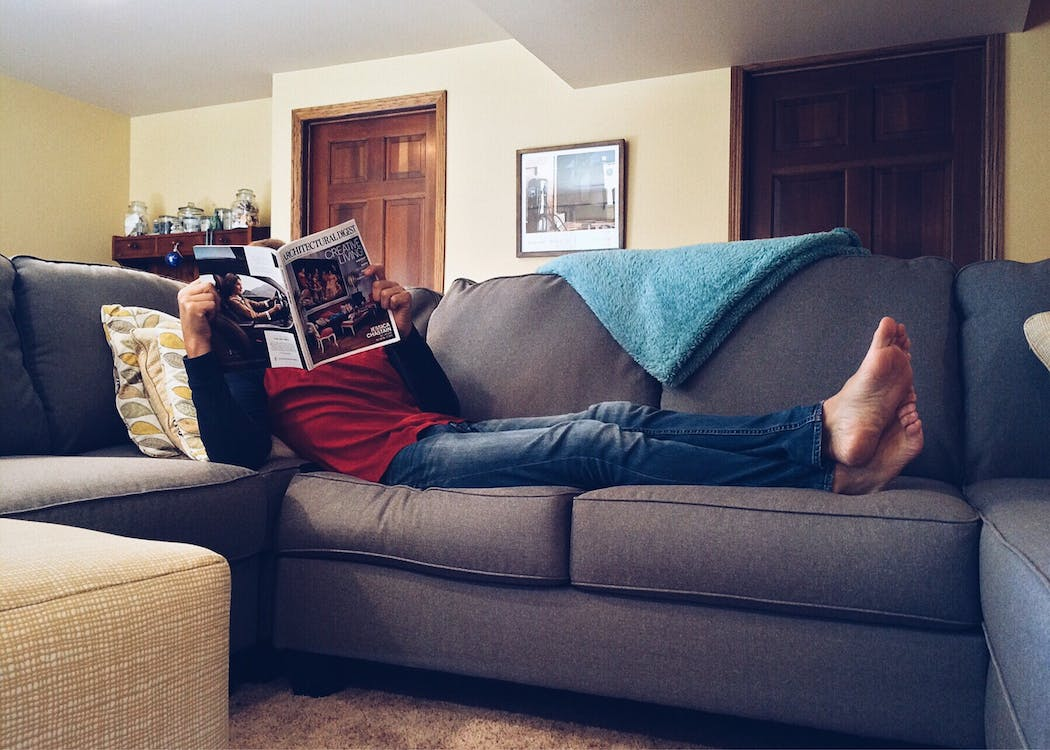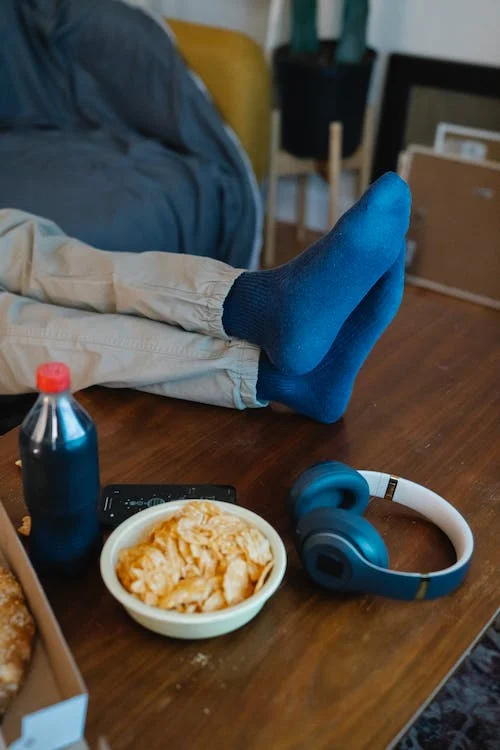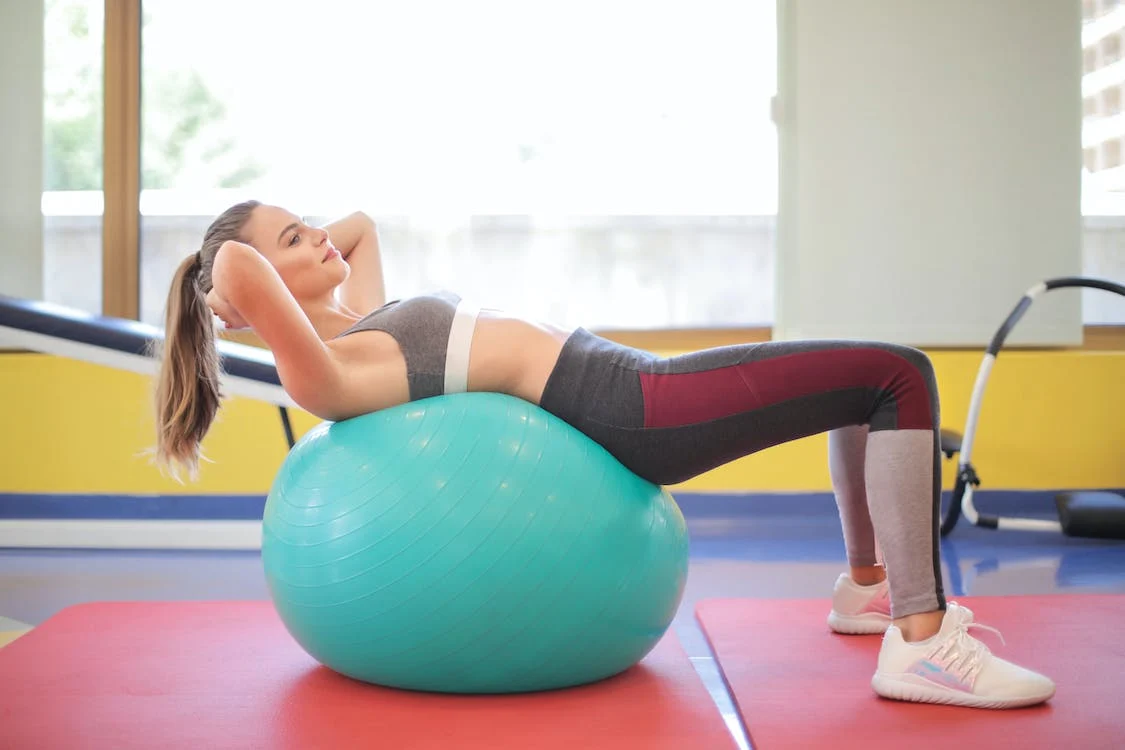Many people think lower back pain is only caused by too much physical strain from working in a manual job, sports injuries, or just the result of growing older. However, inactivity and a lack of exercise are major causes of spine-related problems.
In this article, we will discuss how inactivity influences your lower back, including the conditions that can develop and you can condition your back to avoid such problems.

Inactivity and Lower Back Pain
If back pain is causing you a problem and you want to take steps to stop the pain from returning in the future then there are four bad habits that you should avoid to help maintain a healthy spine.
1. A Lack of Exercise
Avoiding regular strengthening exercises and a general lack of body movement is a common cause of back pain as it results in poor posture and not enough muscle strength to support your upper body properly. Therefore, it is highly recommended to consider a number of exercises you can perform on a regular basis to strengthen those back muscles.
Exercises such as yoga, pilates, walking, cycling, and swimming are all great activities to build back stability and muscle strength, helping to ease existing pain and preventing it in the future. When exercising you must also try to keep a good posture, with a straight back and shoulders, and use your knees to bear any weight.
2. A Bad Diet and being Overweight
Inactivity and a bad diet can lead to a person becoming overweight based on their Body Mass Index (BMI). If you do not burn enough of this fat on a daily basis then it can build up, and often it can take a long time to lose this extra weight once it has accumulated.
It is advised to keep your weight in order if you experience back problems on a regular basis, as being obese or overweight is often a primary cause of spinal issues. This is because the extra strain is being placed on a person’s bones and muscles, resulting in deterioration.
To tackle any weight issues, the individual should amend their calorie intake, avoid fatty and sugary foods, and exercise regularly. Not only will this improve your physical condition, but a healthier lifestyle is also proven to promote better mental health.

3. Too Much Rest
In the past, a person who suffered from back pain was advised to rest as much as possible, however, modern research shows that it is much better to remain active and continue gentle exercises instead of being sedentary.
It is encouraged to continue usual routines and walk as much as possible to improve blood flow in the lower back, helping to reduce inflammation and help muscles recover. Fighting through the pain by remaining active can also help to improve flexibility in the back. Studies also show that being inactive can increase pain levels while doing little to aid recovery.
4. Bad Posture
Poor posture is another common cause of lower back pain as it strains the muscles and spine. When sitting, whether you are working at a computer or watching television, you should ensure that your hips are above your knees and your back is straight.
Using a cushion to provide extra back support can be beneficial, and there is a range of different back supports designed for office chairs, as well as ergonomic chairs that can make a big difference. When sitting for prolonged periods of time, you should also stretch regularly.
When sleeping, a firm mattress is recommended for people who suffer from back pain, while high-heeled shoes should be avoided.
Spine Conditions that could be caused by Inactivity
Back pain can be a symptom of a wide number of spinal conditions and diseases. Anyone who has suffered from back pain for more than a week should consult their doctor, who can diagnose the problem and recommend treatment.
Back conditions and diseases could include:
- Spondylolisthesis
- Lumbar Spinal Stenosis
- Spondylosis
- Herniated Discs
- Degenerative Disc Disease
- Scoliosis
- Sciatica
Fortunately, many respected USA doctors treat spinal stenosis, spondylolisthesis, and other serious conditions that may eventually require surgery. Traditional surgeries include laminectomies and discectomies, while spinal fusion may be needed to provide stability to the spine.
However, spinal fusion significantly limits motion in the back and could cause further deterioration in the back. Because of this, many doctors now recommend modern alternatives, such as spinal implant devices that mimic the natural movement of the vertebrae.
How To Condition Your Lower Back
The best way to condition your back is by building strength in the back muscles, which can be achieved with daily exercise. Low-impact cardiovascular exercises such as brisk walking can stretch out the muscles and help improve blood flow, bringing more nutrients and hydration to the spine.
Water therapy is another excellent way to build back strength and ease chronic pain, offering resistance while performing a range of motions. An exercise ball in the home is also a wise investment for any back pain sufferer as it can be used to perform stretches and exercises that work on your core.

Maintaining Back Health – Best Practices
- Lifting – When lifting, you should always lift with your knees and not your back. Lifting with your back flexes the ligaments, subjecting them to too much strain, potentially resulting in a pull. When turning, pivot with your hips and feet instead of twisting your back, and always ensure the lifted object is close to your chest, with your back straightened.
For smaller objects, such as a golf ball, let one leg bear the weight while the other is lifted off the ground. In the home, use one arm to support yourself on a chair or table when picking up something off the floor.
- Opening a door – Always stand straight in front of the door and pull it in a vertical motion. Stand at the side of the door handle and twist your core to open it.
- Shoveling – When shoveling soil or snow, rest one arm on your thigh and slightly bend your knees. This reduces the amount your spine will bend and avoids excessive arm movements.
Thank you for reading. We hope this article has provided some useful information to keep your spine healthy and reduce the chances of back pain
Disclaimer
The Content is not intended to be a substitute for professional medical advice, diagnosis, or treatment. Always seek the advice of your physician or other qualified health provider with any questions you may have regarding a medical condition.